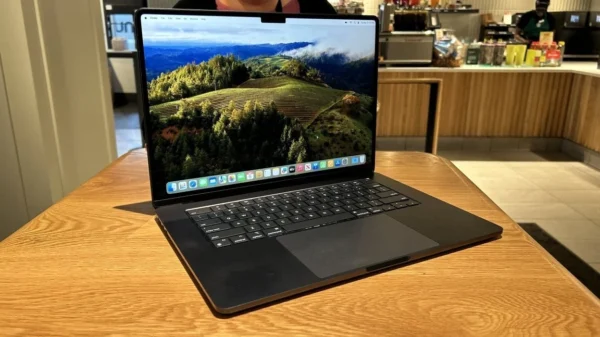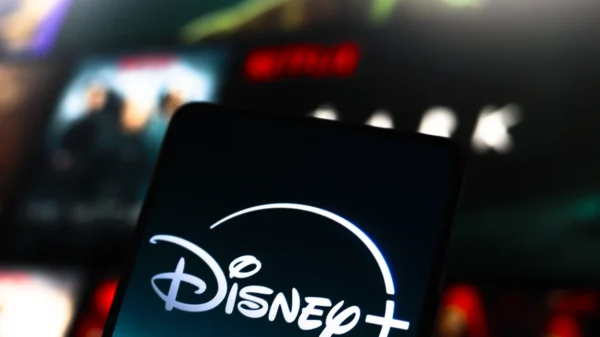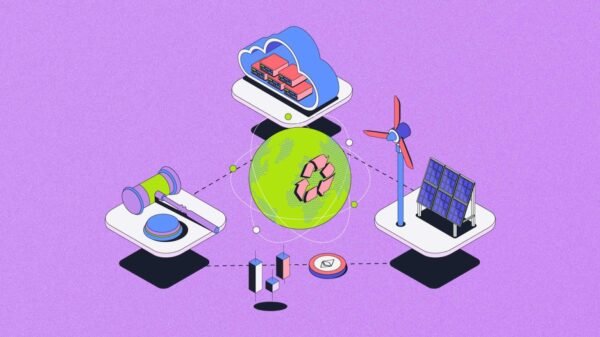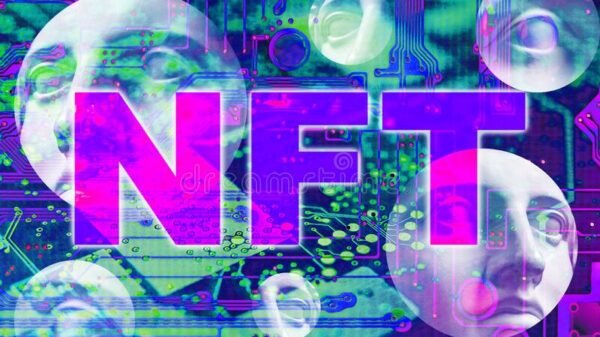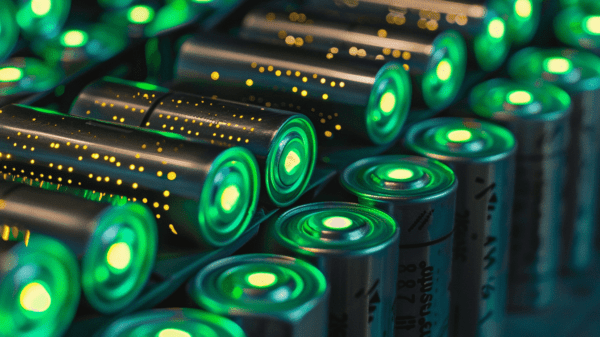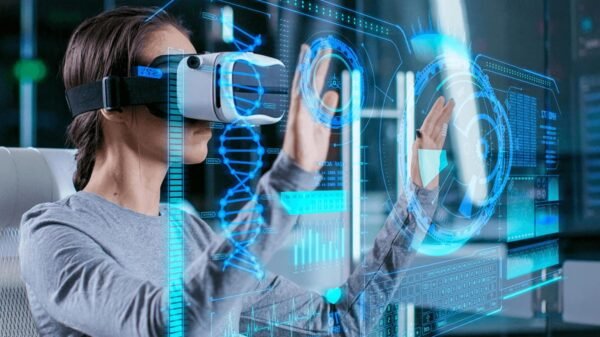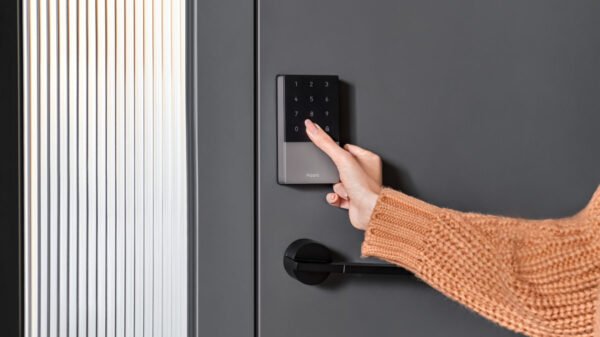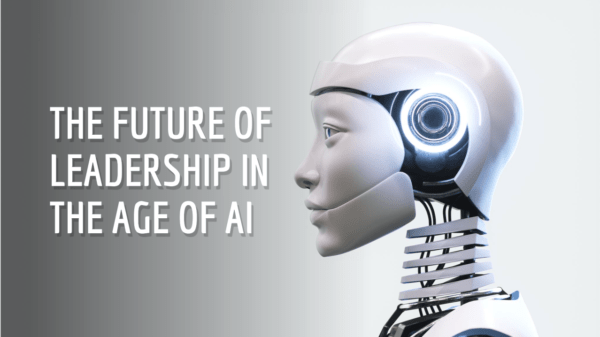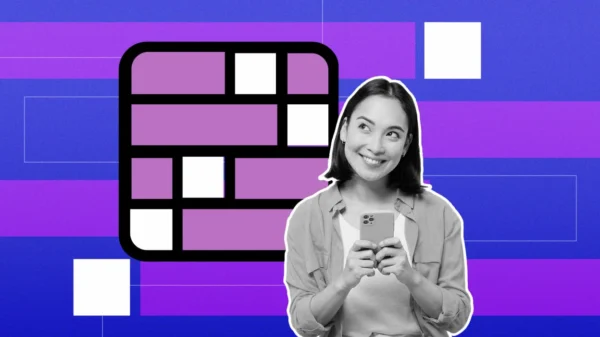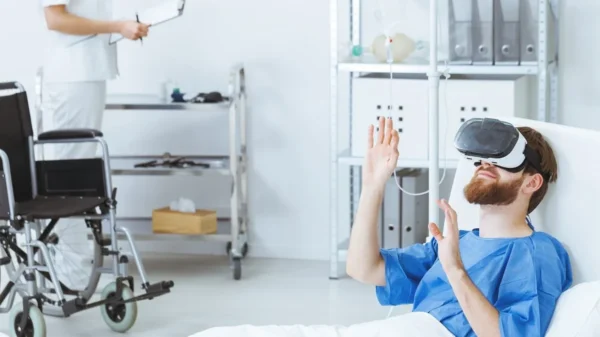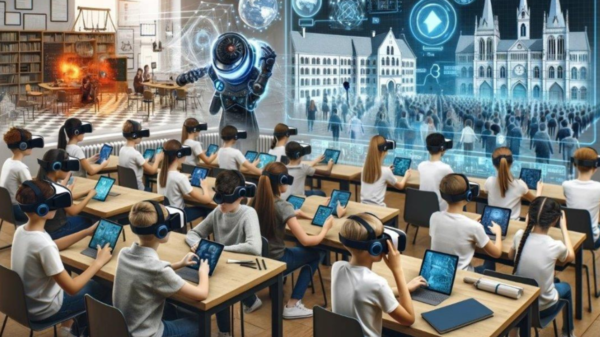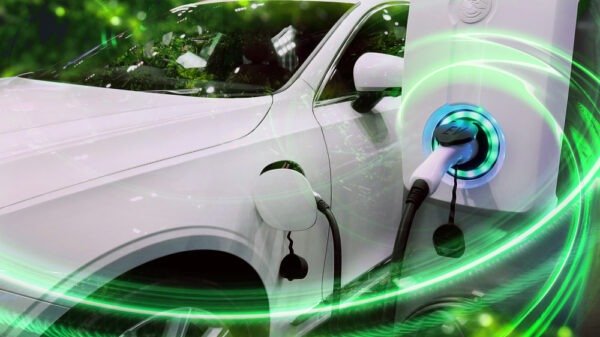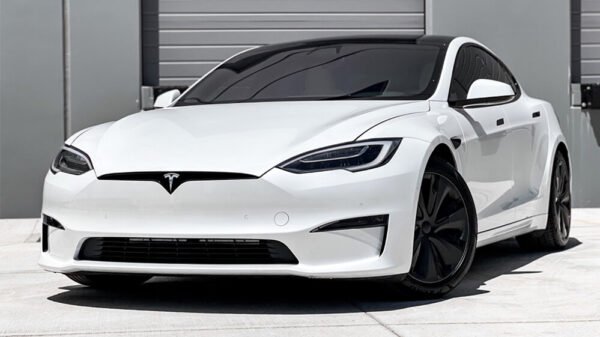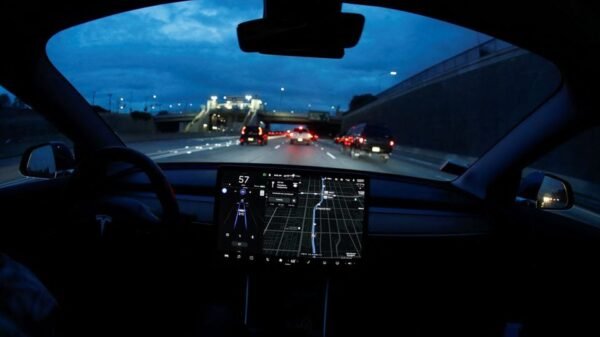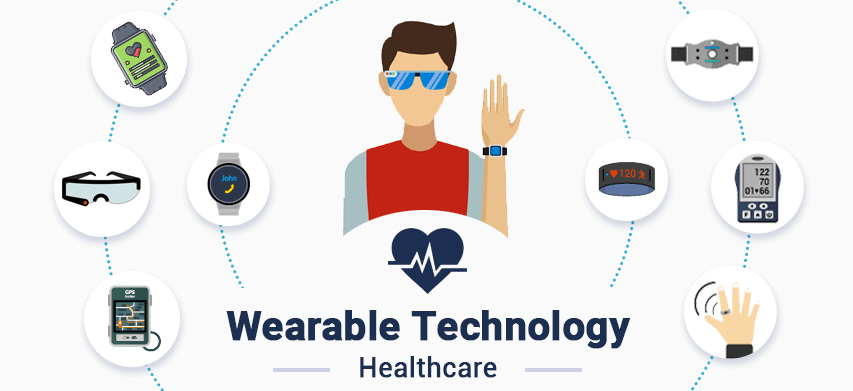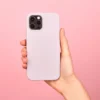Wearable Tech Is Revealing New Insights Into Sleep
“Unlock the Secrets of Your Sleep: How Wearable Tech Reveals the Mysteries of the Night”
Key Takeaways:
- Sleep tech evolved: watches to smartwatches for insights.
- Sensors track movements and heart rate for sleep info.
- Apps analyze data and offer personalized sleep advice.
- Wearables help improve sleep and detect issues early.
Finding those precious moments of rest has never been more crucial in a constantly moving world. As we strive to optimize every aspect of our lives, from productivity to wellness, our sleep often takes a back seat. But what if the key to unlocking our full potential lies in the one thing we sometimes overlook—the quality of our slumber? Enter wearable technology, the unassuming yet revolutionary companion changing how we perceive our nightly rendezvous with dreams.
Technology has woven itself into our lives from the humble wristwatches of yesteryear to the cutting-edge smartwatches of today. But it’s not just about timekeeping anymore; these sleek wrist adornments are now our partners in understanding a realm we once knew little about—our sleep. The evolution from mere time trackers to sophisticated sleep monitors turns these wearables into personalized sleep scientists, uncovers new insights, and offers us a front-row seat to the enigmatic world of slumber.
Have you ever wondered how your smartwatch magically detects those hours of unconsciousness? Or marveled at the accuracy with which it tells you exactly how much time you spent in the dreamy REM sleep stages? The answers lie in the intricate dance between technology and biology. By harnessing the power of movement sensors—those tiny marvels known as accelerometers and gyroscopes—smartwatches decode the story of our sleep through our wrist’s every subtle twitch.
But it doesn’t stop there. Heart rate variability, a treasure trove of physiological cues, enters the scene, offering a deeper understanding of our sleep stages. These discreet devices clasped around our wrists capture the essence of our slumber’s ebb and flow, turning raw data into valuable insights that might be the key to achieving that elusive, restful night.
In this journey through wearable sleep technology, we’ll delve into the mechanics of sleep tracking. We’ll explore the science of actigraphy, the magic of sleep apps, and how these devices manage to craft personalized recommendations that adapt to our unique sleep needs. Beyond the personal benefits, we’ll uncover how these wearables are silently acting as early detectors of sleep disorders, and we’ll also shed light on the shadows cast by our late-night rendezvous with technology—how the blue light from screens and the engagement with devices can wreak havoc on our sleep patterns.
The Sleep Revolution: From Wristwatches to Smartwatches
In an era where technology is seamlessly integrated into our lives, even our most personal moments are not exempt from its influence. Sleep, once a realm shrouded in mystery, has become the focus of innovation through wearable technology. Exploring how sleep monitoring has evolved from wristwatches’ quaint simplicity to smartwatches’ sophisticated intelligence, forever altering how we understand and experience our nightly rest.
From Wristwatches to Smartwatches: A Paradigm Shift in Sleep Monitoring
Imagine when wristwatches were revered solely for their ability to mark the passage of time. They adorned our wrists, ticking away without a care for our sleep patterns. But in the quest to optimize every facet of our lives, these time-tellers were bestowed with an unexpected superpower—the ability to track our sleep. This marked the dawn of a new era, where our wrist companions became the early pioneers of sleep-monitoring technology.
However, the transition from basic sleep tracking in wristwatches to the advanced capabilities of today’s smartwatches is a tale of exponential growth and innovation. Gone are the days when sleep tracking was a mere afterthought, relegated to a few basic calculations based on wrist movements. Today, we find ourselves in a world where our smartwatches are veritable sleep scientists equipped with sensors and algorithms that can decipher the intricate nuances of our sleep cycles.
Integration of Sensors and Algorithms: The Heart of Accurate Sleep Data Collection
Central to this transformation is integrating sensors and sophisticated algorithms that work harmoniously to deliver a comprehensive understanding of our sleep quality. Once responsible for gauging our physical activity, the humble accelerometer now plays a dual role—capturing the subtleties of our wrist movements during sleep. Paired with gyroscopes, these sensors distinguish between various sleep stages, from the gentle drift into slumber to the immersive world of rapid eye movement (REM) sleep.
However, the true marvel lies not merely in the sensors themselves but in the intelligent algorithms that process the raw data they gather. These algorithms have been meticulously fine-tuned through rigorous testing and calibration, enabling them to translate a series of seemingly random wrist twitches into a coherent sleep narrative. As a result, the data generated goes beyond a mere tally of hours slept; it presents a vivid picture of sleep cycles, revealing the ebb and flow of deep sleep, REM sleep, and light slumber.
Moreover, this technological marriage has fostered a newfound accuracy in sleep tracking that wristwatches of yore could never achieve. Sleep monitoring in smartwatches considers both wrist movements and the wearer’s heart rate variability, using this physiological parameter to infer transitions between different sleep stages. This integration of heart rate data lends a previously unattainable granularity, painting a comprehensive portrait of our sleep architecture.
Decoding the Night: How Your Smart Watch Understands Your Sleep
How Does My Smartwatch Know When I Sleep?
The night is a canvas of mysteries, painted with dreams and subconscious wanderings. And yet, amid this obscurity, your trusty smartwatch stands as an unlikely confidant, silently deciphering the intricate dance of your slumber. Have you ever wondered how this modern marvel discerns the nuances of your sleep? Let’s uncover the captivating technology that enables your smartwatch to know when you’re lost in the world of dreams.
Utilizing Movement Sensors: The Art of Interpretation
At the heart of your smartwatch’s sleep-sensing prowess lies a duo of unsung heroes: accelerometers and gyroscopes. These micro-sized wonders, nestled within the casing of your device, are responsible for capturing the subtlest of wrist movements as you journey through sleep’s labyrinth.
Accelerometers, the first players in this symphony, measure the acceleration and deceleration of your wrist’s movements. In the stillness of deep slumber, these sensors perceive minimal activity—a signature of the serene rest accompanying the slow-wave sleep stage. As your night unfolds and you transition into lighter sleep phases, these sensors detect the gentle shifts and twitches that signify REM sleep, capturing the cadence of your dreams in delicate wrist oscillations.
Gyroscopes, the second member of this dynamic duo, add a layer of precision to the narrative. These sensors gauge the orientation of your wrist in space, allowing your smartwatch to differentiate between various sleep postures. The graceful sweep of your wrist as you turn from side to side or the sporadic flutters as you traverse through your sleep cycles all find expression through the meticulous readings of gyroscopes.
Monitoring Heart Rate Variability: The Rhythms of Rest
But movement, while revealing, isn’t the sole indicator of sleep’s intricacies. Enter heart rate variability (HRV), a silent but powerful messenger that plays a pivotal role in your sleep story. The heart rate sensors embedded within your smartwatch monitor the fluctuations in your heart rate during the night, painting an entirely different dimension of your slumber journey.
The connection between heart rate variability and sleep phases is nuanced. As you transition from wakefulness to sleep, your heart rate slows, marking the onset of rest. During the deep sleep stage, your heart rate maintains a steady rhythm, mirroring the tranquility of your slumber. Then comes REM sleep, a stage of heightened brain activity and vivid dreams. Here, heart rate variability takes center stage—your heart rate fluctuates in response to the ever-shifting landscapes of your subconscious.
The correlation between heart rate variability and sleep phases is a testament to the complexity of your body’s mechanisms and a revelation of the intimate relationship between your heart’s rhythms and the dance of your dreams.
In essence, the symphony of movement sensors and heart rate variability transforms your smartwatch into a nocturnal detective, piecing together the fragments of your slumber story. As you nestle into the cocoon of your dreams, these sensors work harmoniously, extracting a wealth of information from the minutiae of your wrist’s movements and your heart’s beats. With each night’s data, your smartwatch constructs a rich tapestry of your sleep journey, empowering you to understand, optimize, and embrace the wonders of restful nights.
Title: Unveiling the Science Behind Sleep Tracking Technology
H2: Unraveling the Technology of Sleep Monitoring
As the night envelops the world in its gentle embrace, a hidden symphony of biological rhythms and restorative processes commences within our bodies. While the mysteries of sleep have intrigued humanity for centuries, technology has finally bestowed upon us the means to decode this enigma. Join us as we delve into the intricate web of sleep-tracking technology, unraveling the science behind its mechanisms and the insights it unveils.
Actigraphy: The Science Behind Sleep Tracking
At the heart of modern sleep tracking lies the art of actigraphy—a method that goes beyond simply noting the hours spent in slumber. Actigraphy, a technology born from the fusion of science and engineering, revolves around the delicate dance between rest and activity cycles. By monitoring the fluctuations in wrist movement throughout the night, actigraphy paints a vivid picture of sleep patterns, uncovering the nuances of our nocturnal routines.
However, actigraphy doesn’t just depict dreams. Light exposure, a powerful influencer of our circadian rhythms, plays a pivotal role in this narrative. Actigraphy doesn’t merely track sleep; it captures the interplay between light exposure and sleep quality. Actigraphy records this transition as the first rays of dawn creep in, triggering the cessation of melatonin production and signaling wakefulness. Similarly, during the night, the absence of light prompts the release of melatonin, inducing the drowsiness that heralds sleep.
Sleep Apps and Their Mechanisms: Unveiling Insights Through Screens
While wearable devices provide the primary hardware for tracking sleep, a new avenue of technological exploration emerges in the form of sleep-tracking apps. Leveraging the sensors embedded within our smartphones, these apps extend the reach of sleep monitoring beyond our wrists, right into our pockets. These applications function as digital sleep diaries, gathering data on movements and even sounds during the night and piecing together the puzzle of our sleep patterns.
Yet, these apps are not standalone entities. They thrive on the synergy between technology and user input. As users record their subjective experiences—caffeine intake, stress levels, and sleep environment conditions—these apps weave these qualitative threads into the quantitative data fabric. This fusion enhances the accuracy of sleep insights, enabling the apps to deliver personalized recommendations that address the unique contours of each individual’s sleep journey.
Benefits of Tracking Sleep Using Wearable Health Devices
The transition from passive sleep tracking to personalized sleep guidance heralds a new era of wellness. Wearable health devices equipped with various sensors and algorithms have now assumed the role of virtual sleep advisors. They delve into the rich repository of sleep data, extracting patterns and irregularities that might otherwise elude our perception.
The ability of these insights to give us individualized sleep advice emphasizes their significance. These recommendations are a symphony of customization, reflecting our unique sleep needs and habits. From suggesting optimal sleep schedules to advising on environmental adjustments, wearable devices are the companions that accompany us in crafting a more restful night.
Early Detection of Sleep Disorders: Wearables as Silent Guardians
Beyond personal wellness, wearable health devices are silent guardians for our sleep health. In certain instances, these unassuming companions have played a pivotal role in the early detection of sleep disorders. By detecting irregularities in sleep patterns or the prevalence of disruptive events like sleep apnea, wearables alert users to potential underlying health issues that might require medical attention.
Moreover, the bridge between wearable technology and medical professionals holds immense promise. As data accumulates, wearable manufacturers collaborate with medical experts to refine algorithms and diagnostic criteria. This collaboration culminates in more accurate sleep disorder diagnoses and effective treatment strategies, transforming wearables into integral tools within medical diagnostics.
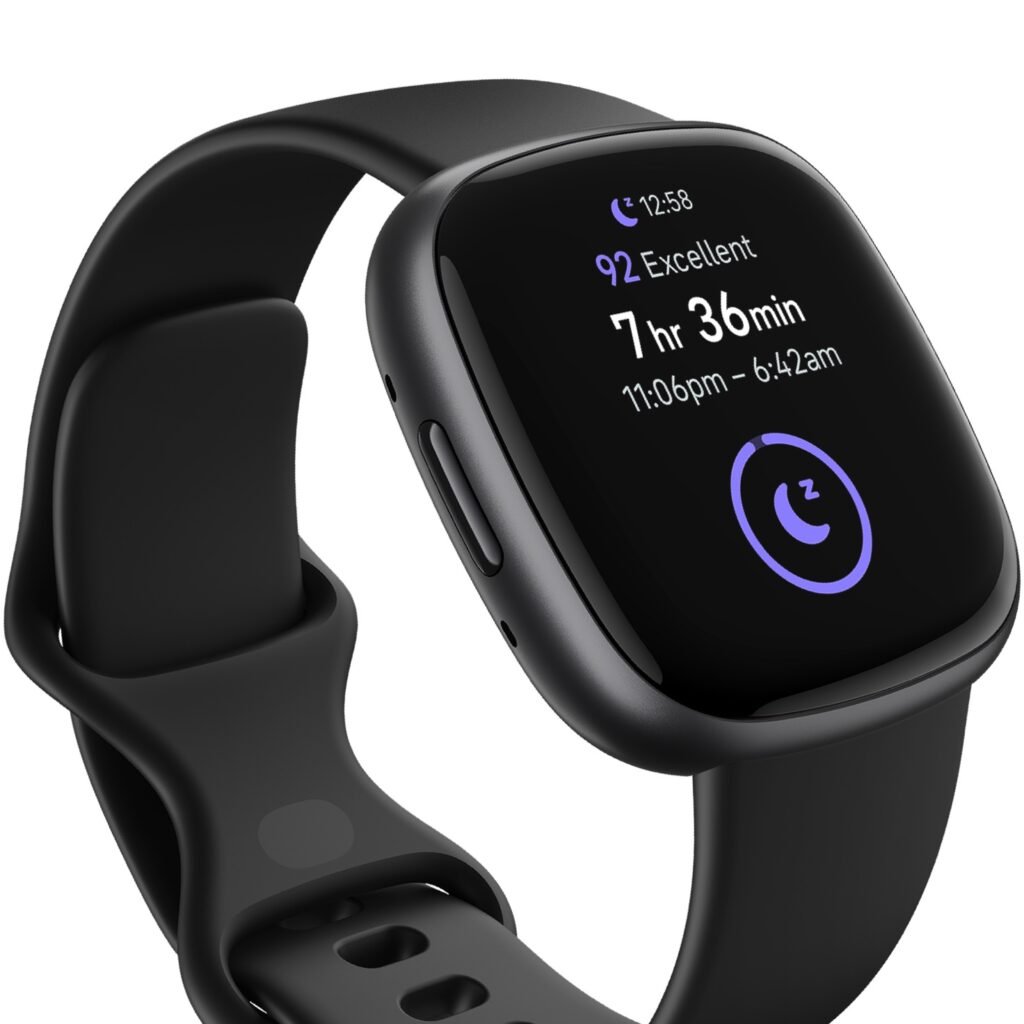
Navigating the Twilight Zone: Unraveling the Effects of Nighttime Technology on Sleep and Well-being
As the day surrenders to the night’s embrace, an intricate dance unfolds between technology and sleep. The screens that keep us connected to the world also wield the power to shape the quality of our slumber. In this exploration, we delve into the profound impact of nighttime technology use on sleep and overall well-being, shedding light on the hidden threads that weave through the fabric of our lives.
The Role of Blue Light: Illuminating the Darkness within Screens
In the luminous glow of our screens, a subtle villain lurks—blue light. While essential during the day for its ability to regulate our circadian rhythms, this spectral hue plays a different role at night. Screens emit blue light, suppressing melatonin production, the hormone responsible for inducing sleepiness. This unintended consequence disrupts our body’s internal clock, rendering sleep elusive even in the most tranquil moments.
Minimizing blue light exposure before bedtime becomes an art in itself. Technological solutions such as blue light filters and night mode settings cast a gentler glow, shielding our eyes from the harshness of blue light emissions. Moreover, the ancient practice of “tech curfews”—disconnecting from screens an hour or two before bedtime—is a modern-day remedy, allowing our bodies to embrace the natural ebb and flow of our sleep-wake cycle.
Psychological and Physiological Effects: Unmasking the Nighttime Intrigue
As the world slips into stillness, our screens come alive with the hum of notifications and digital interactions. Yet, this engagement before sleep has consequences. The psychological and physiological effects of technology’s embrace extend beyond the twilight hours, impacting the very essence of our well-being.
Engaging with technology before sleep introduces a cacophony of stimuli that can affect stress levels and brain activity. The blue light and the content we consume—work emails, social media updates, or immersive entertainment—can trigger an overstimulated mind. This heightened alertness hampers the transition into a relaxed state conducive to sleep, culminating in restlessness and diminished sleep quality.
To restore the tranquility of our nights, cultivating a technology-free bedtime routine emerges as a potent antidote. Creating a serene environment devoid of screens allows the mind to disengage from the digital chatter, making space for mindfulness, meditation, or leisurely reading. This intentional detachment from screens paves the way for a deeper connection with the present moment and the anticipation of restful slumber.
Frequently Asked Questions About Sleep Monitoring Wearables
In sleep monitoring wearables, accuracy remains a question that echoes in users’ minds. While these devices weave a tapestry of sleep insights, the intricacies of sleep itself defy easy quantification. Variations in individual sleep patterns, coupled with the limitations of wrist-based sensors, can lead to discrepancies in tracking results.
Factors influencing these disparities include sleep position, device placement, and the dynamic nature of sleep itself. For instance, wrist movements during sleep—especially in restless sleepers—can impact the interpretation of sleep stages. Viewing the data as a valuable guide rather than an absolute representation of one’s sleep experience is important.
Can Sleep Tracking Devices Cure Insomnia? Navigating Expectations
The allure of sleep tracking devices sometimes extends to hopes of curing insomnia—an intricate sleep disorder often rooted in complex factors. While these devices provide valuable insights, they are not a panacea for severe sleep disorders. Insomnia requires a comprehensive approach that combines medical consultation, lifestyle adjustments, and potential therapeutic interventions.
In collaboration with medical professionals, sleep tracking devices can offer a comprehensive view of sleep patterns, aiding in diagnosis and treatment planning. However, they are best viewed as tools that complement a holistic strategy rather than a standalone remedy. Treating insomnia requires a nuanced understanding of its multifaceted origins and a commitment to addressing them through medical guidance and lifestyle modifications.
Conclusion
In the ceaseless march of progress, the boundaries between our waking hours and the realm of dreams have blurred, thanks to the ever-present glow of screens. The interplay between technology and sleep, a symphony of blue light, sensors, and digital interactions, has unveiled a world of complexities that impact our nights and overall well-being. As we traverse this landscape, it becomes evident that the choices we make in the twilight hours hold the power to shape the narrative of our lives.
The evolution of sleep monitoring technology, from humble wristwatches to the sophistication of smartwatches, highlights the boundless potential of human ingenuity to decode the mysteries of slumber. Sensors and algorithms work in tandem, crafting an intricate portrait of our sleep cycles and providing insights that were once confined to the realm of dreams. The emergence of sleep apps further democratizes the understanding of sleep, ushering us into an era where data and self-awareness merge to guide us toward more restful nights.
As wearables extend their embrace, offering personalized sleep recommendations and the possibility of early detection of sleep disorders, we stand at the precipice of a new age in sleep health. These devices are not mere gadgets; they are allies accompanying us on the journey to a more rejuvenated and balanced life. However, it’s vital to acknowledge their limitations and view them as part of a holistic approach that includes medical consultation and lifestyle adjustments.
The impact of nighttime technology on sleep and health, a realm colored by blue light and digital interactions, beckons us to tread mindfully. Blue light’s ability to influence melatonin production and the psychological repercussions of engaging with screens before bed remind us of the importance of crafting technology-free spaces. These spaces provide a canvas for mindfulness, cultivating an environment that nurtures relaxation and prepares us for the voyage into dreams.
In this tapestry of technology, data, and dreams, the journey toward well-being is an intimate partnership between ourselves and our devices. By understanding the nuanced dance of sleep-tracking wearables, we arm ourselves with knowledge, approaching our data with curiosity rather than dogma. These devices are tools that unveil insights, opening doors to self-discovery and empowerment.

